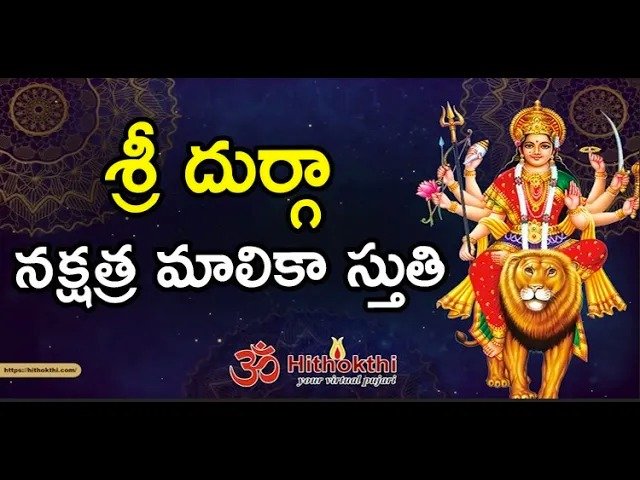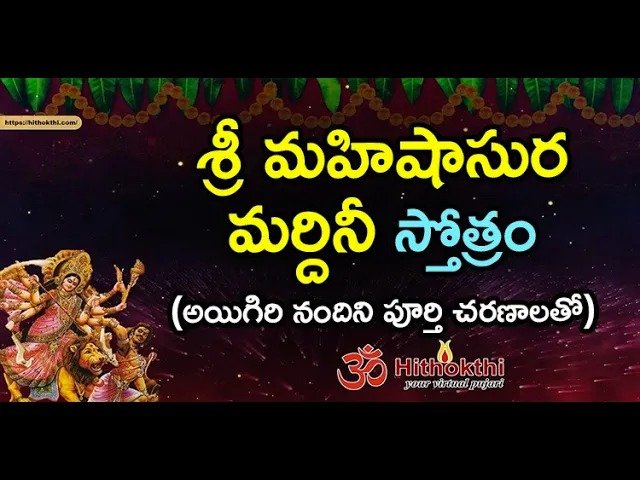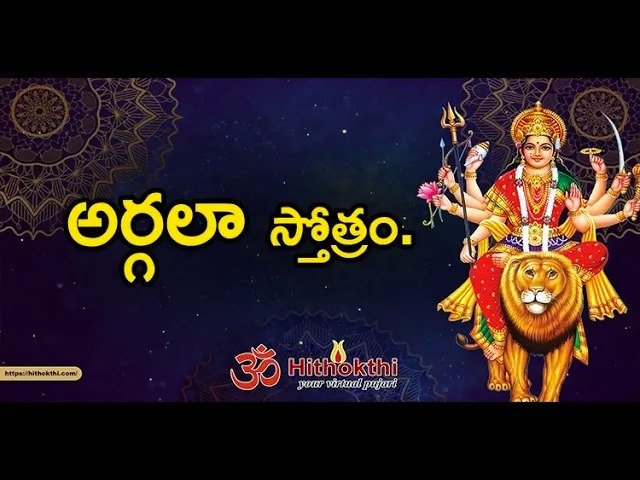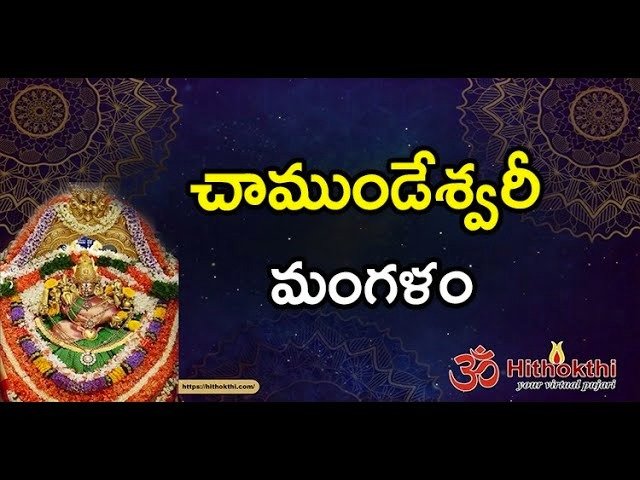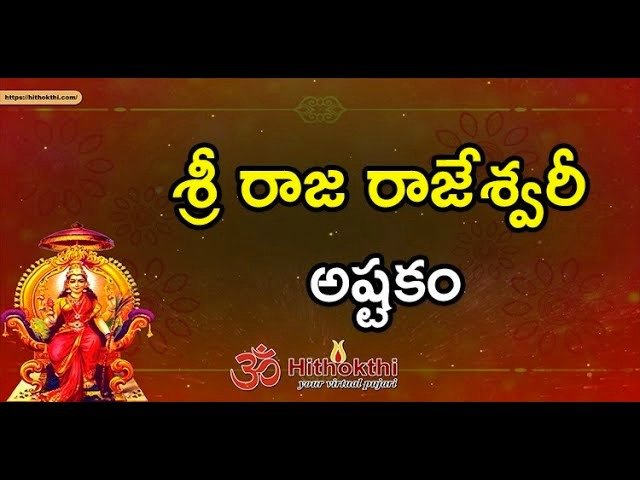Kurukshetra: a Land of Wars and Enlightenment


Chandigarh/ Kurukshetra: The war between the Pandavas and the Kauravas was about to begin. On the side of the former was ace archer Arjuna.
Seeing himself face to face with his own family members, Arjuna hesitated. He became sentimental and stopped in his tracks. It was then that Lord Krishna as his charioteer preached to him the philosophy of karma that spurred him on to action.
That preaching came to be compiled as the Bhagvad Gita. Had it not been for Krishna’s timely sermon, the entire fate of the war of the Mahabharata would have been different.
This article tells you of the place where this mighty drama unfolded.
Kurukshetra, now a district in Haryana is also known as Dharmakshetra ("Holy City").
According to the Puranas, Kurukshetra is named after King Kuru, the ancestor of Kauravas and Pandavas, as depicted in the epic Mahabharata.
The War of the Mahabharata was fought on this land and the Bhagavad Gita was preached on this land during the war when Lord Krishna found Arjuna in a terrible dilemma.
Jyotisar is a town on the Kurukshetra-Pehowa road, 5 km west of Thanesar in the Kurukshetra district of Haryana. 'Jyoti' means light and 'Sar' means the core meaning. Hence the name of place is a reference to the 'core meaning of light' or ultimately of God.
It is one of the most revered holy sites of the holy city of Kurukshetra.
A marble chariot depicting Lord Krishna delivering the sermon to Arjuna marks the site of the Srimad Bhagwad Gita.
In one secluded section of this center, an old Shiva temple can also be seen.
A light and music show is organized by the tourism department at the site, on a regular basis, which recreates episodes from Mahabharata.
A Vat (Banyan tree) stands on a raised plinth.
Local traditions say that this tree is an offshoot of the holy Banyan tree under which Lord Krishna delivered the sermon of Bhagavad Gita, the doctrine of Karma and Dharma to his wavering friend Arjuna.
It is here that He showed his Virat rupa (Universal form).
It is written in Puranas that Kurukshetra is named after King Kuru of the Bharata Dynasty, ancestor of Pandavas and Kauravas.
Hundreds of years ago, a holy water tank was present here and it can still be seen in the rainy season.
The Kurukshetra Development Board has renovated the site in recent times.
A mango shaped lake has been constructed here with covered bathing ghats for ladies. Cement parapets and enclosures have been built for protection.
The Vamana Purana tells how King Kuru came to settle on this land. He chose this land at the banks of Sarasvati River (since dried up before 1900BCE) for embedding spirituality with 8 virtues: austerity (Tapas), truth (Satya), forgiveness (Kshama), kindness (Daya), purity (Suchee) charity (Dana), yagya and brahmacharya.
Lord Vishnu was impressed with the act of King Kuru and blessed him with two boons, one that this land forever will be known as a Holy Land after his name as Kurukshetra (the land of Kuru) and the other that anyone dying on this land will be going to heaven.
The land of Kurukshetra was situated between two rivers — the Sarasvati and the Drishadvati.
This land has been known as Uttravedi, Brahmavedi, Dharamkshetra and Kurukshetra at different periods.
It reached the zenith of its progress during the reign of King Harsha, during which Chinese scholar Hieun Tsang visited this land at Thanesar.
Archaeological remains prove that Ashoka the Great made Kurukshetra a centre of learning for people from all over the world.
Source: Dainik Bhaskar, DT. June 9, 2013.

